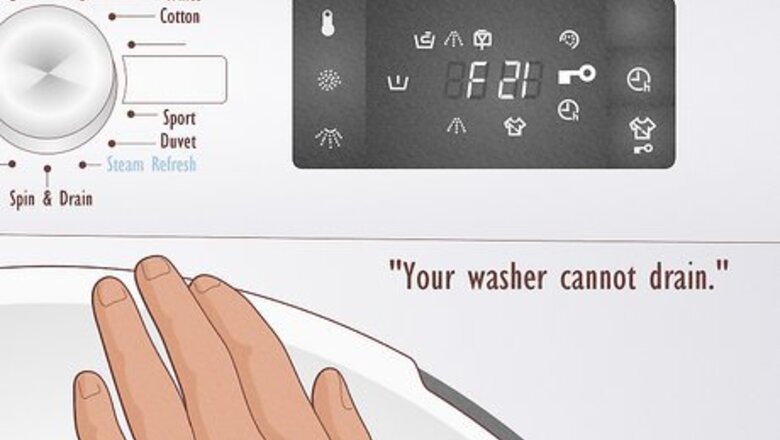
views
- Remove any kinks in the drain hose and make sure the hose sits between 39–96 inches (99–244 cm) off the ground.
- Open and close the lid to see if the cycle reactivates.
- Access the drain filter at the bottom of the machine and clean it thoroughly if the drum still won’t drain.
Check the Error Codes

Your Whirlpool may tell you what’s wrong with a code. If you’ve got water in your drum and random letters and numbers on the display screen, you have a very easy job ahead of you. Look up the meaning of the error code here or in your washer’s manual and follow the steps to resolve the underlying problem. A few common errors include: Sud, Sd, or 5D. This is short for “suds.” Basically, the machine detects too much detergent. Just wait for the bubbles to dissipate and the cycle will automatically finish. F21, or F9 E1. Your washer cannot drain. Follow the rest of the steps in this article to identify what’s causing the problem and fix it. Int. The machine’s cycle was “interrupted.” There could have been an electrical surge or the lid was opened mid-cycle. Follow the steps below to get the water out.
Inspect the Hose
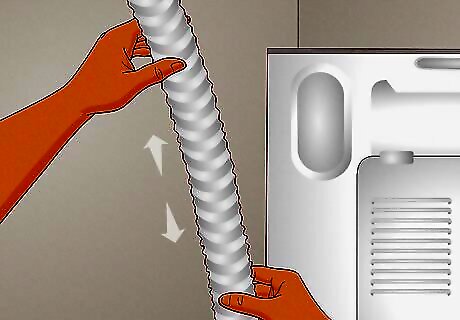
Remove any kinks and try straightening the hose. Locate the drain hose in the back of your machine. Slide the washing machine out away from the wall if necessary and inspect the hose. If it’s all pretzeled up behind your washing machine, the water probably can’t drain out properly. Gently undo any kinks and smooth the hose out. Press “start,” and the water should drain out. If your washing machine is tucked in a closet and you’re thinking, “Ugh, I really don’t feel like pulling it out to look at some hose,” we feel you. Go ahead and try the other solutions outlined in the other section first.
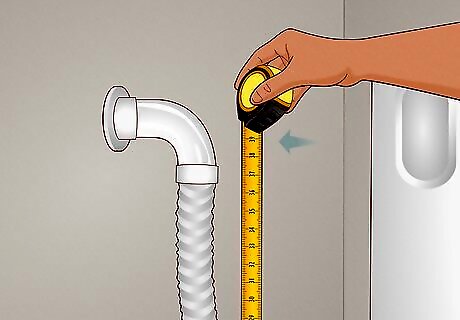
Check the hose’s height to confirm it isn’t too low or high. Grab a measuring tape and check the distance from the end of the drain hose to the floor of the machine. If the end of the hose is higher than 96 inches (240 cm) off the floor or lower than 39 inches (99 cm) from the floor, readjust the height of the hose. Whirlpool explicitly states that the hose must be between 39–96 in (99–244 cm) from the ground for the water to drain properly. Adjust the hose as needed and press “start” to drain the drum. If the hose drains directly into a sink, make sure that no more than 4.5 inches (11 cm) of the hose sits inside the tub of the sink. If the hose is too close to the bottom of the sink, the water may siphon backwards into the machine.

Inspect the hose for blockages and remove them if necessary. If the hose appears unkinked and it’s appropriately set up, shine a flashlight in the hose to see if there are any blockages. If there are, remove them by flushing water down the hose or digging the blockage out with a wire hanger or snake. Press “start” when you’re done. If the water still won’t drain, the problem is 100% not the hose.
Open & Close the Lid

If the lid lock malfunctioned or was left open, this will fix the problem. Whirlpool washing machines will automatically shut off if the door isn’t closed. Try opening and closing the lid to reengage the lock. If you’re lucky, the machine will immediately reengage or drain the water. Most Whirlpool models automatically drain the drum if the lid is left open for 10 minutes. Try leaving the lid open for 10 minutes to see if the machine drains. If this doesn’t work, you’ve probably got an issue with the pump filter.
Check the Drain Pump Filter

Locate the filter behind the little panel on the bottom. Look at the bottom of the machine for a panel. Gently pull that panel out and find the filter, which is the circular opening next to the small drain hose. Turn the circular component counterclockwise and gently pull it out of the machine. Remove any lint, debris, or gunk by hand. Then, rinse the entire thing under cool water. Once it’s mostly clean, reinstall it in the machine by twisting it clockwise into the opening at the bottom. Press “start,” and your washer should drain. This circular component is the drain pump filter. It’s designed to keep debris and gunk from the machine out of the drain pump. If it gets super clogged up, the machine won’t be able to drain properly.
Do you see a lot of soap?

Whirlpool machines automatically pause if there’s excess soap. Do you see a ton of bubbles and soap buildup in the water? If so, your machine will likely shut off automatically. Whirlpool machines will stop operating if they detect too much soap to avoid overflowing. Wait 1-2 hours. The machine should automatically drain on its own if the hose isn’t blocked.
Is the cycle complete but your clothes are soaked?
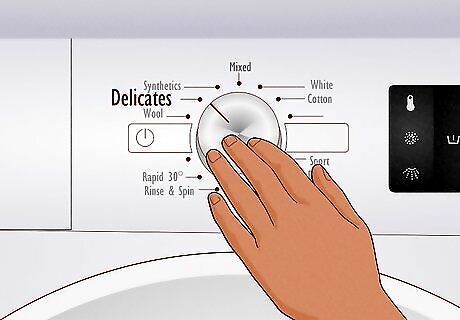
You likely chose a delicate or low spin cycle. If your clothes are still really wet, but the cycle is over, and there’s no pool of water in the drum, check the cycle you chose. The delicate cycle, alongside the lower spin cycles and custom cycles, doesn’t utilize heavy drum speeds to squeeze out the excess water in the rinse cycle. The upside is that this is less wear and tear on your clothes. The downside is that these cycles don’t remove all of the water. If you don’t want your clothes to be soaked in the future, run a normal cycle. If you’re worried about messing your clothes up or adding to the wear and tear, use cold water.
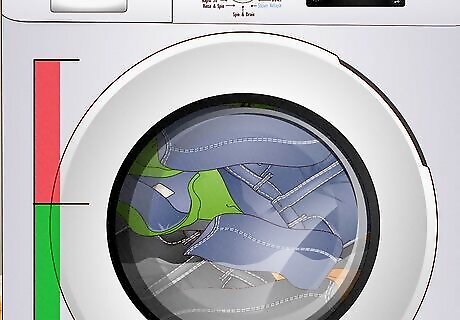
It’s possible you just washed too many clothes. If your drum is almost entirely full, the machine may have trouble extracting all of the water. In the future, only fill the drum up roughly halfway. It may be tempting to get everything done in one load, but your clothes are going to get cleaner and end up much dryer if you do a bunch of smaller loads.

















Comments
0 comment